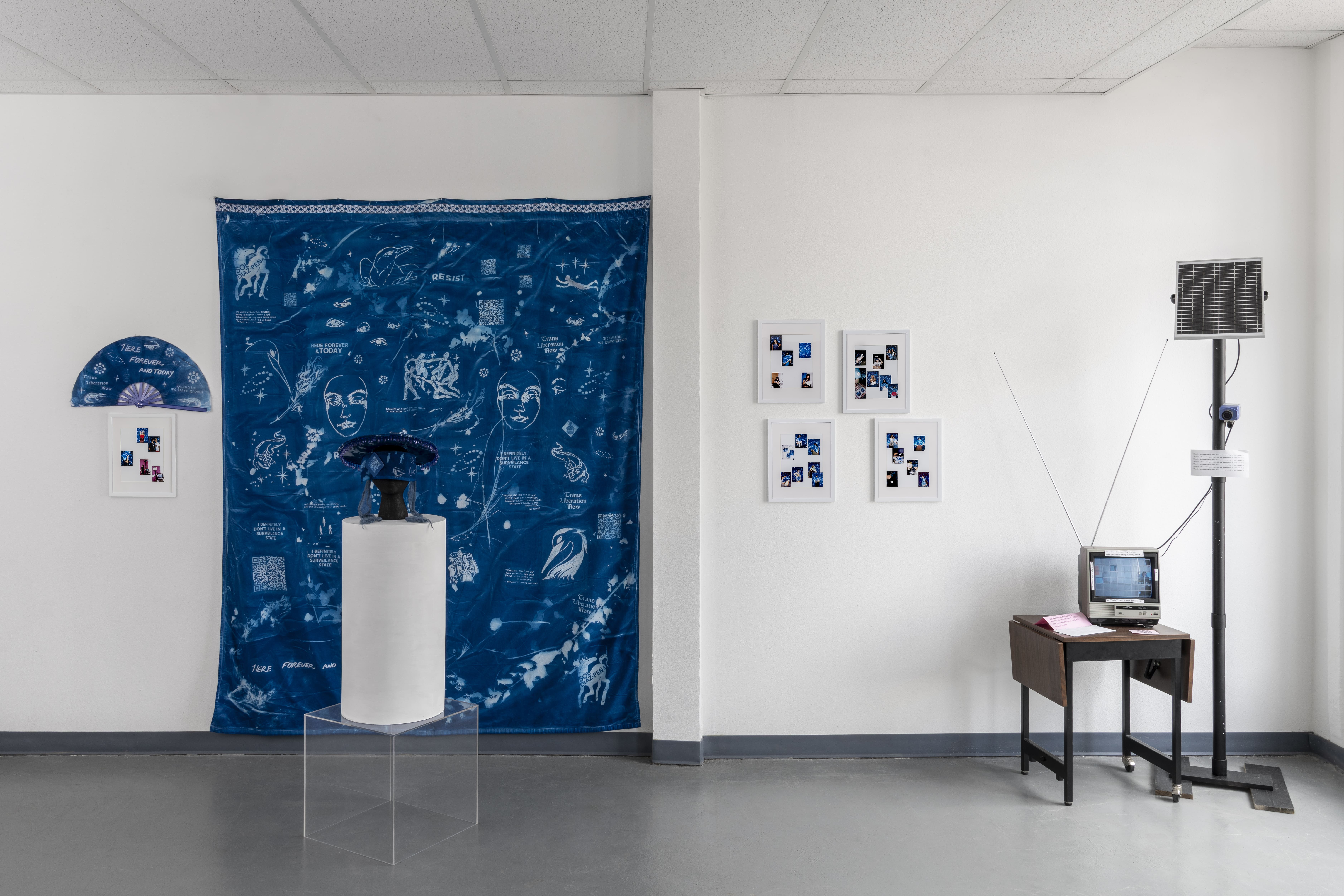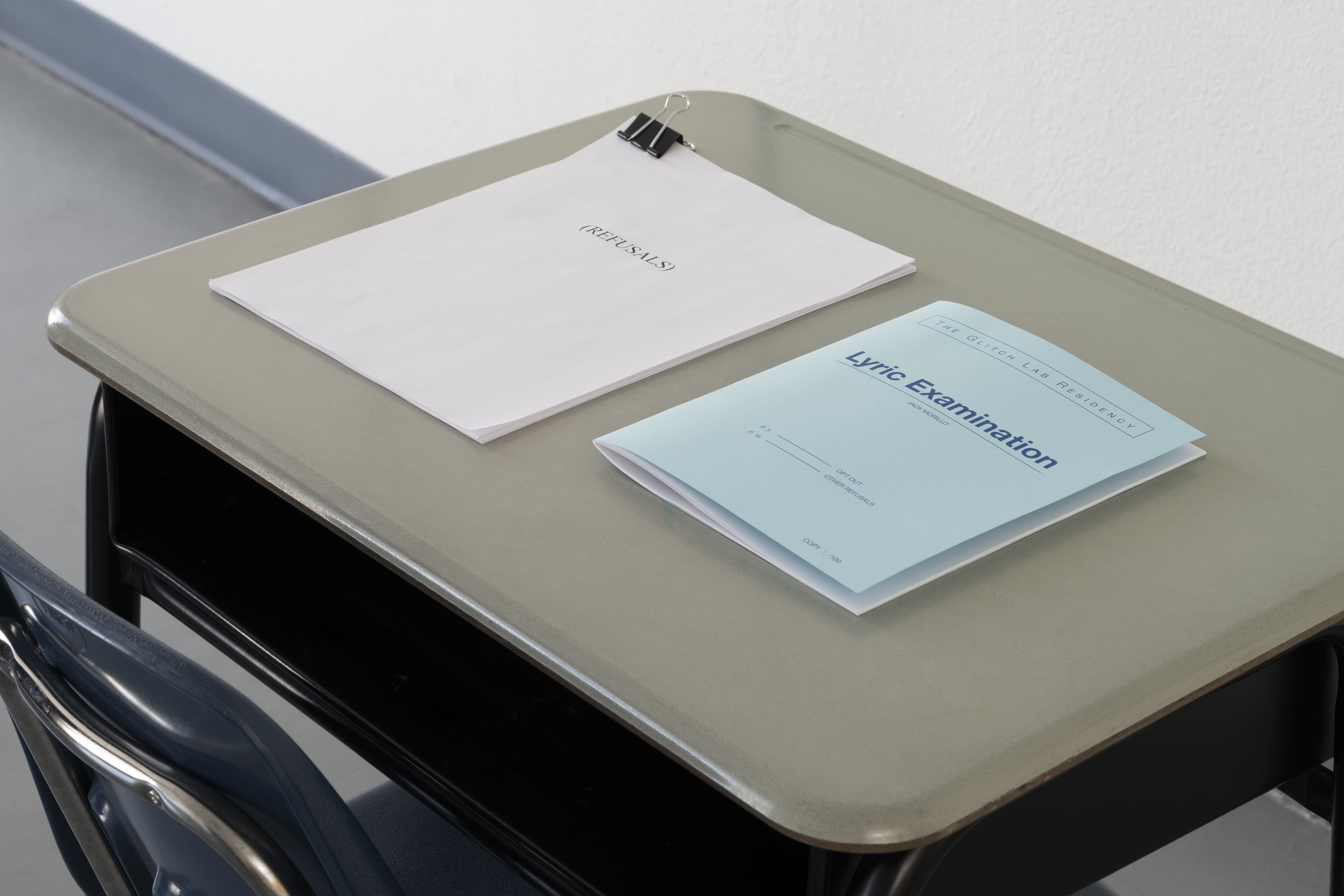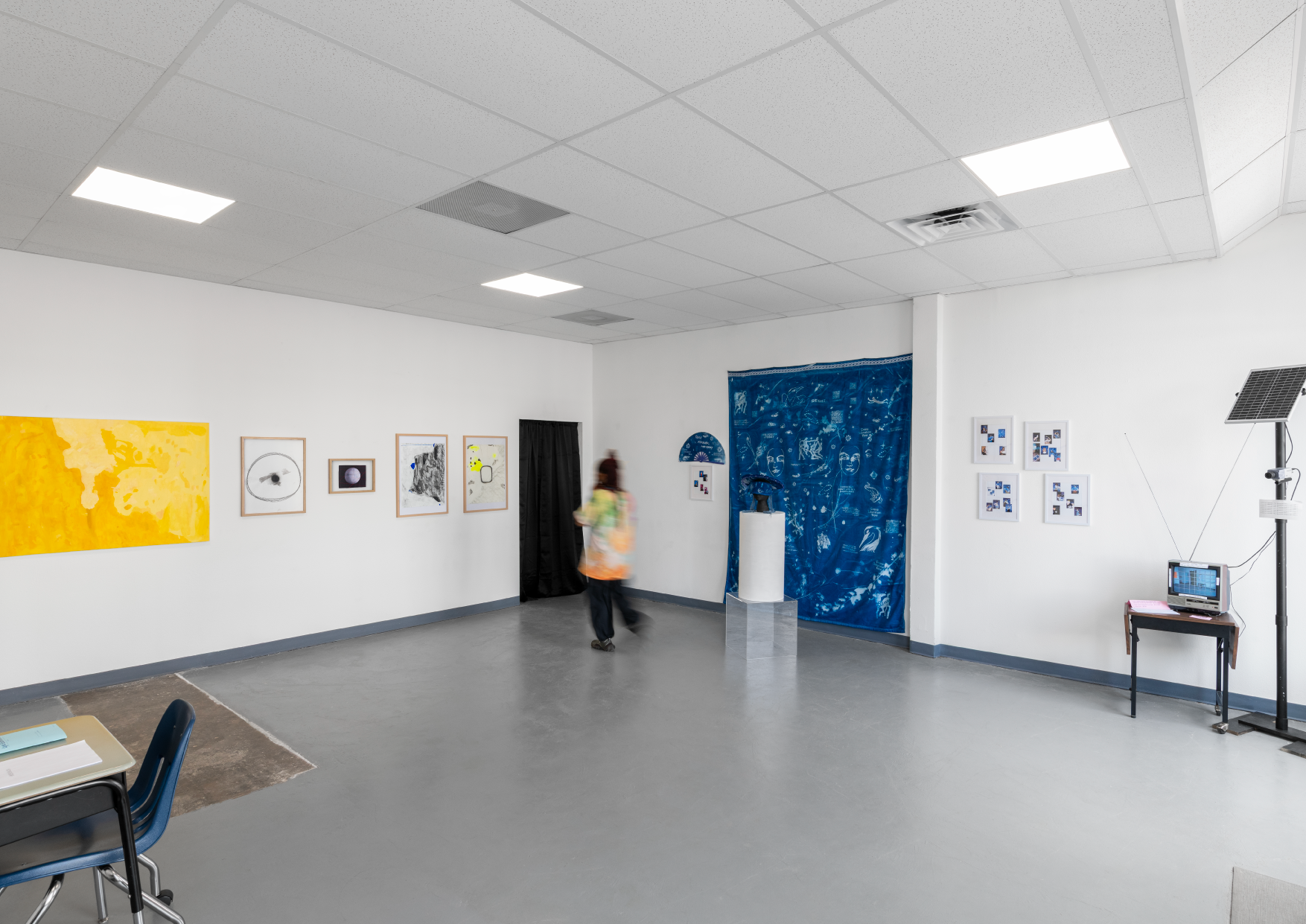Vulnerable

Para el proyecto artístico COMMON GROUNDS de Medellín, la artista visual suiza Valentina Pini diseñó una instalación en la que escultura y fotografía construyen juntas una narrativa sobre la inclusión de Colombia en la economía global como productor de productos primarios para la exportación. Reflexionando sobre este momento de fragilidad económica en el que parece encontrarse el país, la artista colocó una fotografía de un chentaduro -fruta tradicional colombiana- en medio de tres columnas hechas con rollos de etiquetas de fruta desechadas.
Ilustrando escultóricamente la ganancia de poder del sector agrícola, la artista arroja luz sobre el hecho de que empresas internacionales interesadas económicamente están empezando a dirigir su atención a la industria hortofrutícola colombiana. Teniendo en cuenta esta situación política, Valentina Pini nos cuenta en una entrevista para MATZA EDGELANDS MEDELLÍN que la intuición y la observación son elementos clave de su práctica. Como parte de su proceso creativo de 3 semanas dentro de la residencia, recorrió las calles de la ciudad en busca de elementos intrigantes. En ocasiones encontraba allí, tirados en la acera, los rollos de adhesivo que se convirtieron en la materia prima de su obra. Transformar objetos de la calle en una instalación artística es la forma que Valentina Pini ha encontrado de abrir la mirada del público a los problemas causados por una economía basada en la exportación de productos primarios, un problema con el que tienen que lidiar muchos países latinoamericanos.
Sobre el artista
Sobre el proyecto
Creado por Séverin Guelpa y Anja Wyden Guelpa en colaboración con el Instituto Edgelands, MATZA EDGELANDS MEDELLÍN es un proyecto celebrado en Colombia entre el 31.01 y el 17.02.2022. El proyecto, que reunió a artistas, expertos, ciudadanos y activistas para reflexionar sobre cuestiones contemporáneas, dinámicas urbanas y tensiones sociales en el corazón de Medellín, dio lugar a la residencia artística y exposición COMMON GROUND, que presentó obras de arte originales relacionadas con la seguridad, la vigilancia digital, la tecnología y la urbanización.



